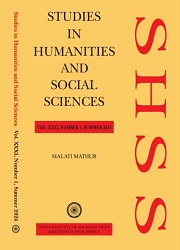Maintaining Integrity of Heritage in Adaptive Reuse of Forts/Buildings
Keywords:
Adaptive reuse, Historical forts, Structural integrity, Heritage conservationAbstract
Converting and re-adapting existing buildings is interesting inasmuch as it combines conservation with contemporary necessities in interior design. This paper explores the importance of preserving authentic structures while adapting them for new uses, and centers around Rajasthan in India – a state that boasts both history and cultural heritage. Based on case studies and expert interviews, this article delineates the main principles as well as potential pitfalls – and solutions – when it comes to combining period features and modern conveniences. Themes found in the thematic analysis include open communication, creative problem-solving, working together to build community participation and educational outreach. These projects not only retain cultural assets but secure both environmental and sustainable mobility. This research also reflects the significance of acting to trigger implications on a broader scale for heritage conservation and sustainability issues following interior design practices.


